Classification of Minerals
The first step in the identification of a mineral before any chemical tests are made should be the recognition of the physical and optical properties and occurrence of the mineral. The physical properties are discussed below. Color: The color is fairly constant in some minerals but not in all, and commonly the color is due […]
Metallurgical Process Flowsheet Development
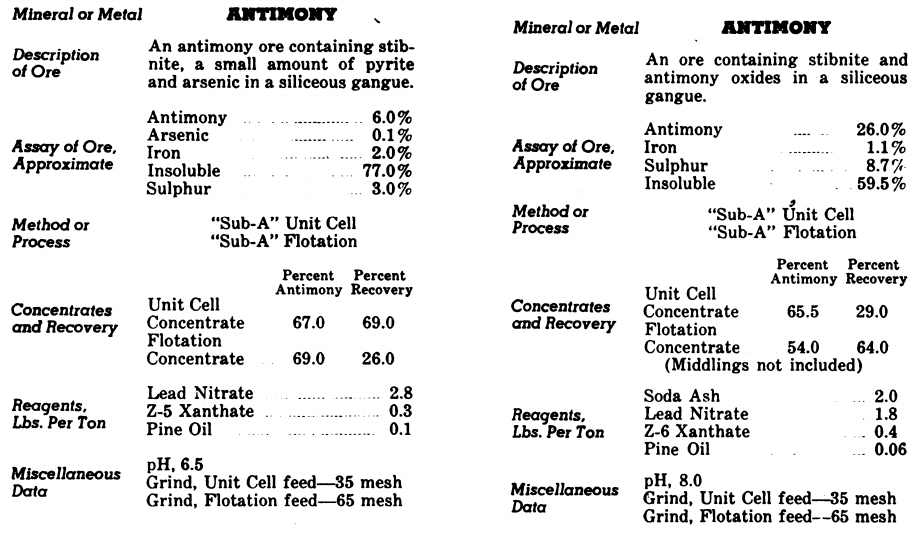
The data herein has been selected from laboratory notes and incorporates only the usual ore dressing methods in practice for the treatment of common minerals. Necessarily, detailed information regarding location of the mineral deposit, marketing conditions, cost factors and certain specific data concerning the performance of test work in each case is omitted, as such […]
Method For Measuring Air Hold-Up In Cells
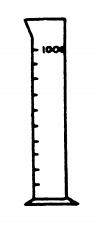
A very unique and simple way of measuring or comparing the amount of air that is working its way up through the pulp of any flotation cell is as follows: A 500 cc or 1000 cc graduated cylinder (smaller size should be used if test is to be made on a laboratory size cell). A […]
Operating Costs of Gold Processing Plant
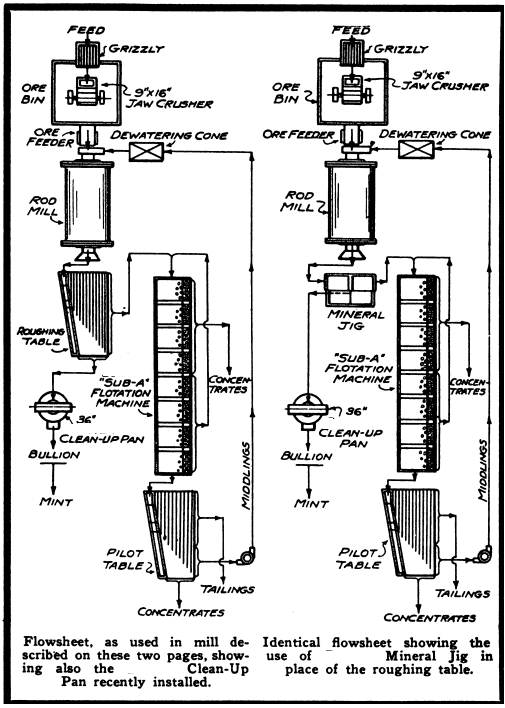
A small gold mine flowsheet is shown below together with cost data which clearly shows the results that can be ‘obtained when handling a low grade ore by a simple process. There are many commendable features in such a set up and no complicated machines or practices are embodied in this plan. In fact, its […]
Hydraulic Dredging for Gold-Bearing Gravels
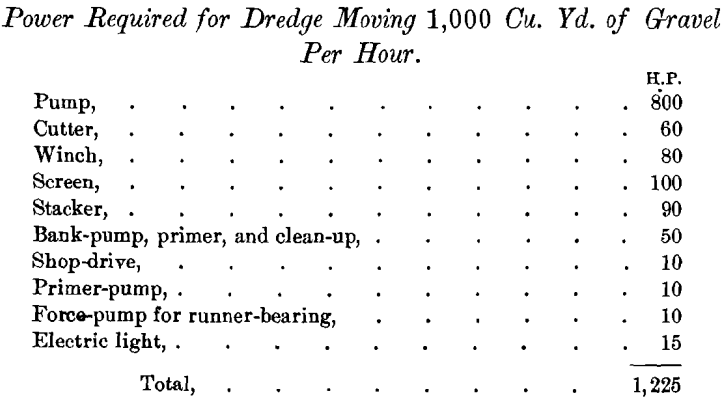
Repeated failures in attempts to work gold-bearing gravels by means of suction-dredges have created the impression that this method is impracticable. The suction-dredges have failed from three special causes: excessive wear and frequent breakage of pump-shell, runners and liners; inability to dredge compact gravel which would not readily move towards the intake; and, most important […]
Small Mineral Processing Plant Design / Construction
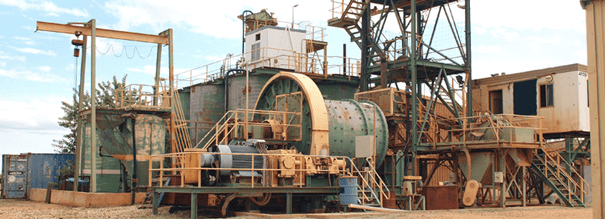
Small mines are almost invariably adit rather than shaft mines, and in most instances ore is trammed directly from mine to coarse ore bin at the mill for crushing. Accordingly, most mills are situated adjacent to the portal of the main haulage level. In a few cases, location of the mill at the mine is impractical […]
Mobile Ore Processing & Beneficiation Plant

One of the most serious problems confronting the mining industry today is how to profitably begin the small scale milling of ores from mines where insufficient ore has been developed to warrant an expensive mill installation, but where a large plant might be needed later. The same question arises in connection with the economical working […]
Antimony Smelting
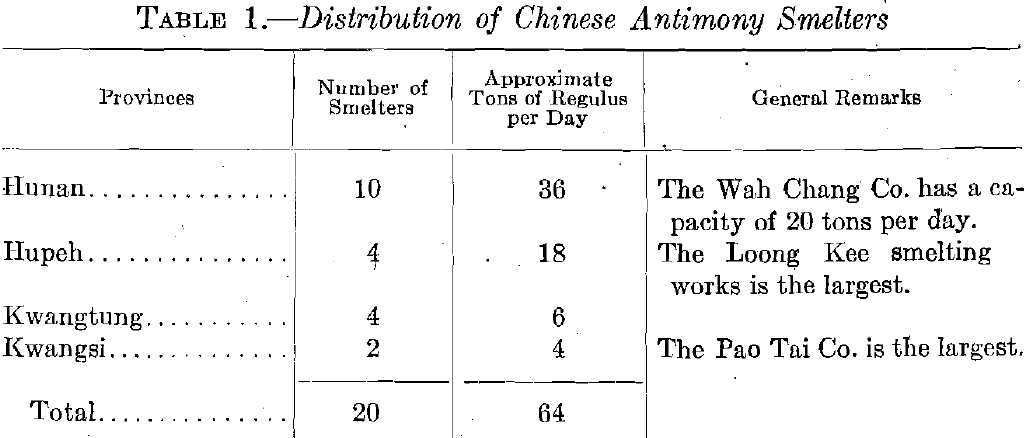
China now leads the world in antimony production, having contributed during recent years something over 60 per cent, of the world’s production. The history of the antimony industry of China dates back to 1897 when the Tai Shing Co. was formed, under contract with the Hunan Bureau of Mines, for the smelting of the ore […]
Tungsten Molybdenum System
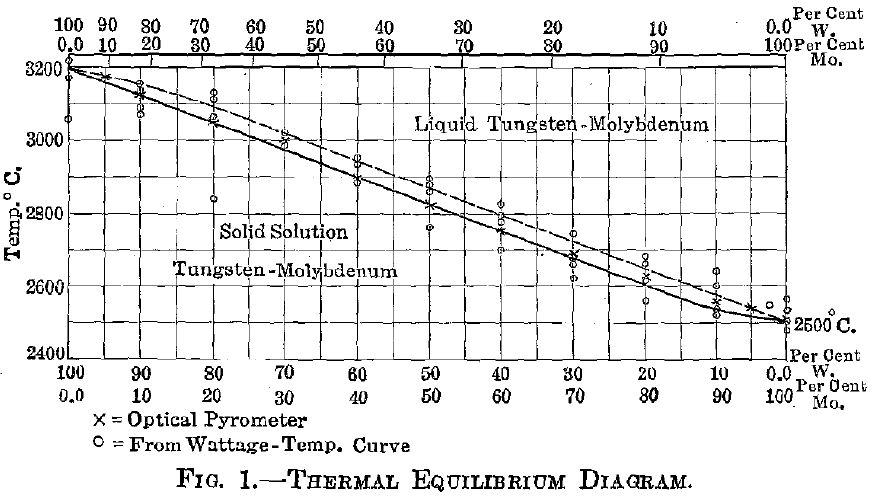
A complete list of the elements includes 18 that melt above 1,700° C. There does not exist one complete thermal equilibrium diagram for any pair of these 18 elements. Several of these elements have been combined, in relatively small proportions, with metals of lower melting point: e.g. tungsten, molybdenum, and vanadium, in steels, or with […]
100 to 125 TPD Process Plant Design & Equipment
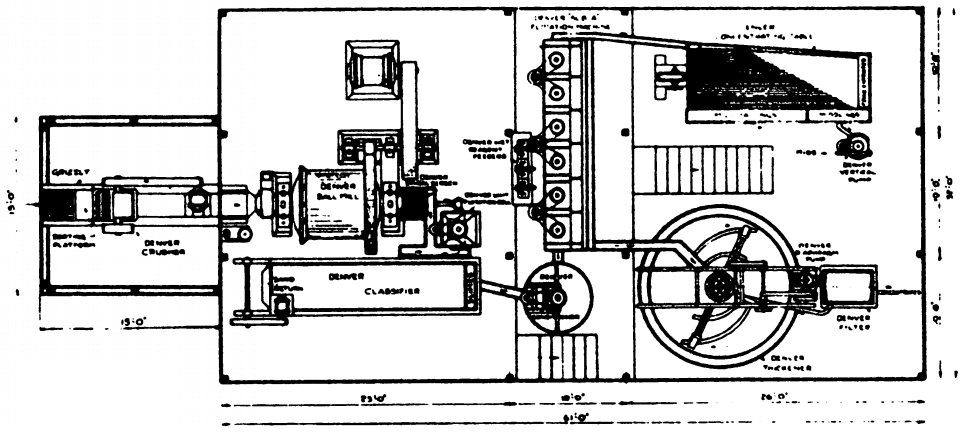
The 100 to 125 Ton/Day Mill is arranged along the same standard lines as the smaller mills, and a large oversize forced feed crusher is recommended for primary crushing. An intermediate crusher can be installed later if necessary. Changes can be easily made according to your local conditions. Here too, a Selective Mineral Jig may be […]
